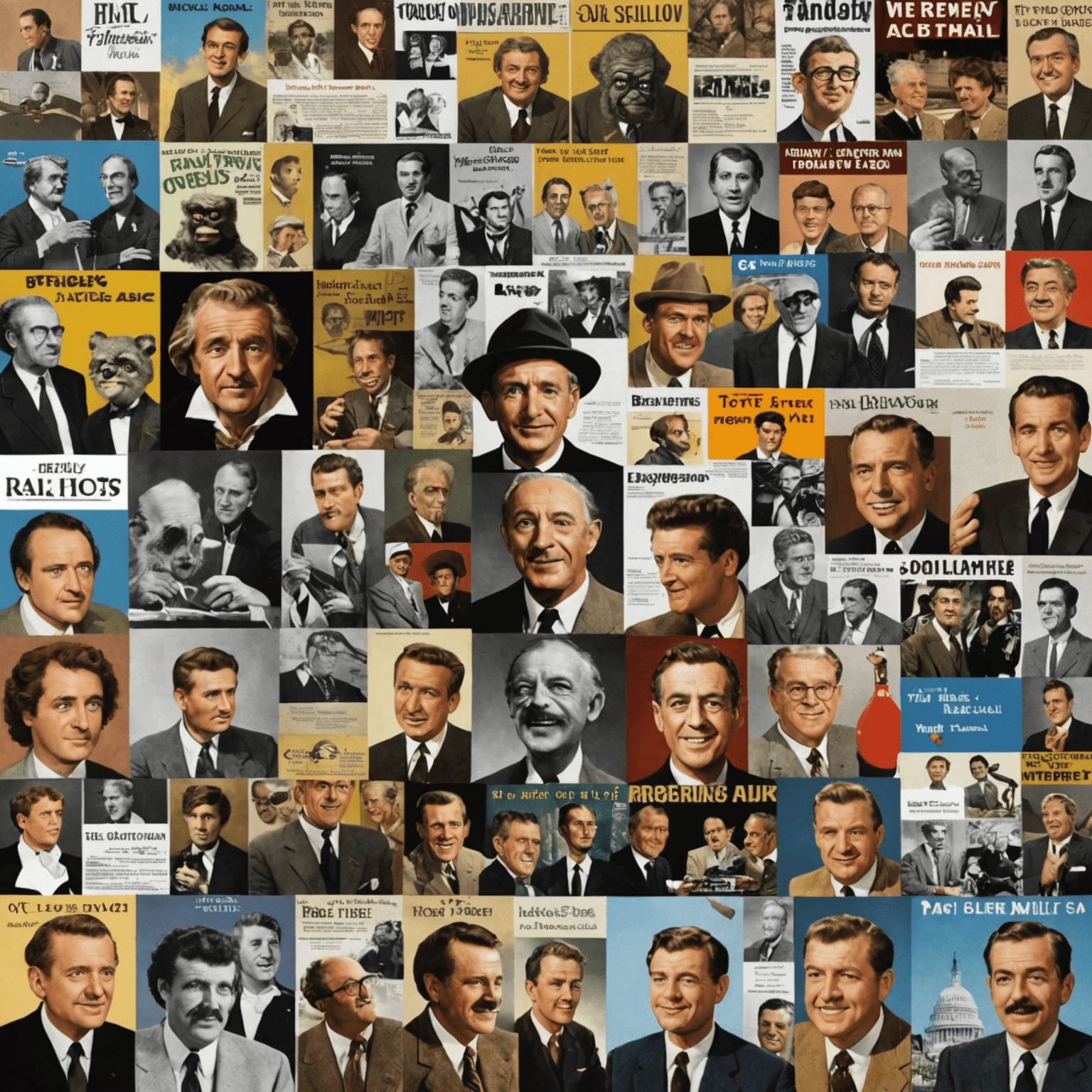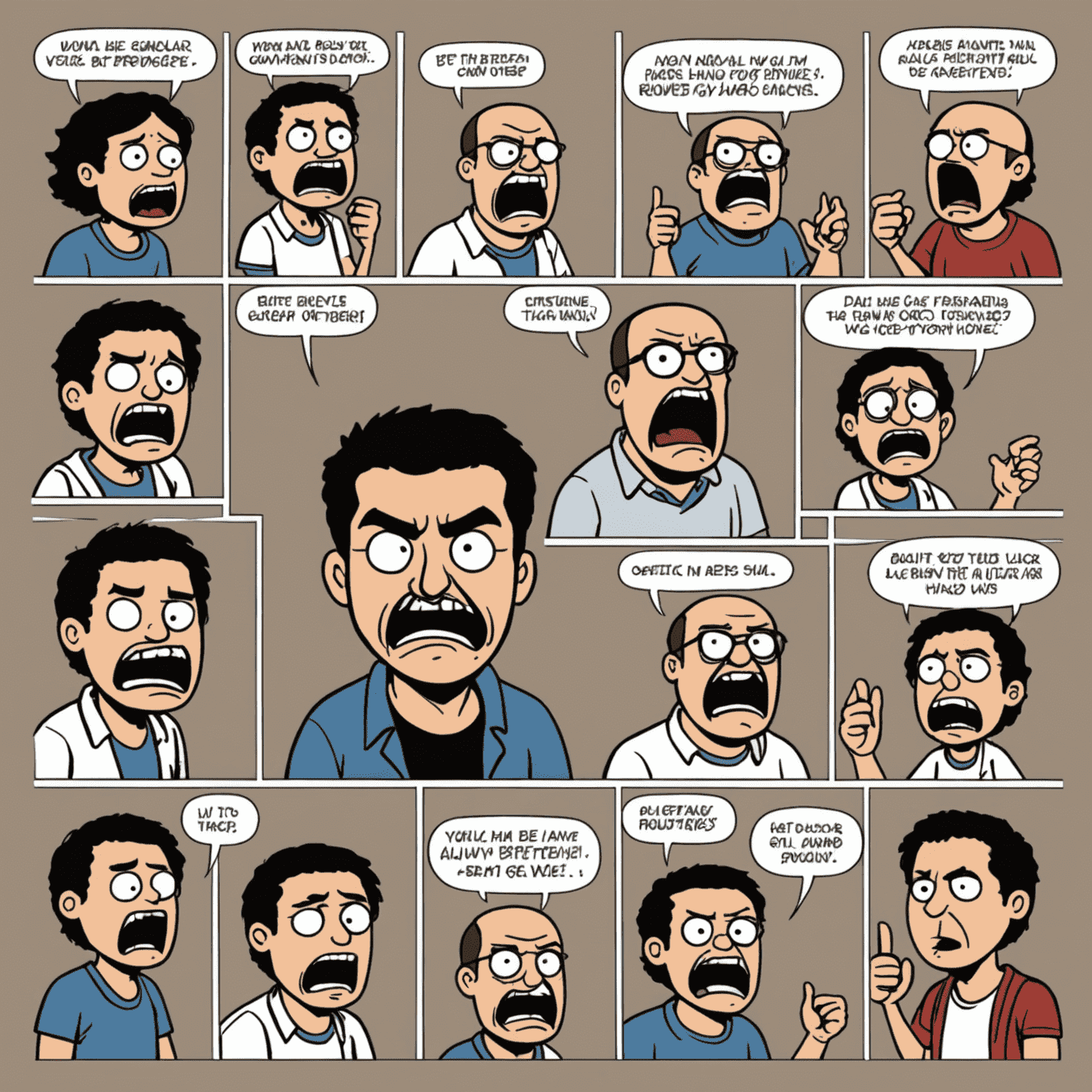The Evolution of Memes: A Journey Through Internet Culture

Memes have become an integral part of our digital culture, shaping the way we communicate and share humor online. Let's take a journey through the history of memes and explore how they've evolved over time.
The Early Days: Image Macros
The concept of memes predates the internet, but it was the digital age that truly popularized them. In the early 2000s, image macros became one of the first widely recognized meme formats.

The Rise of Rage Comics
As internet culture grew, so did the complexity of memes. Rage comics, with their simple stick figure drawings and exaggerated expressions, became a hit in the late 2000s.

The Golden Age of Advice Animals
The early 2010s saw the rise of Advice Animals, a meme format that combined animal images with humorous text to create relatable characters and situations.

The Era of Reaction GIFs
As internet speeds improved, GIFs became more popular. Reaction GIFs allowed users to express emotions and responses through short, looping video clips.

Modern Memes: Absurdism and Meta Humor
Today's memes often feature layers of irony, absurdism, and meta-commentary. They evolve rapidly and can be highly context-dependent.

The Future of Memes
As technology continues to advance, so will the format and distribution of memes. With the rise of AI and virtual reality, we can expect memes to become even more interactive and immersive in the future.
Memes have come a long way since their inception, evolving from simple image macros to complex, multi-layered jokes. They serve as a reflection of our culture, capturing the zeitgeist of each era in a uniquely humorous way. As we continue to navigate the digital landscape, memes will undoubtedly remain a vital part of how we express ourselves and connect with others online.